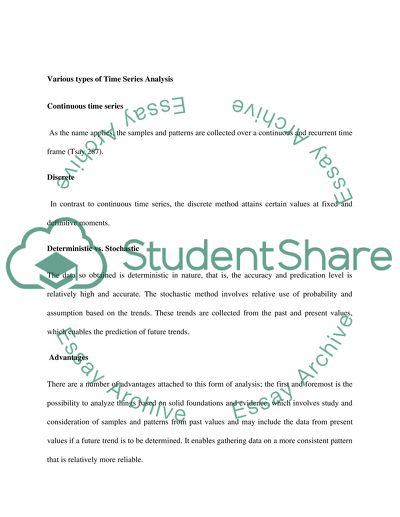Cite this document
(“Quantitative analysis Essay Example | Topics and Well Written Essays - 2250 words”, n.d.)
Retrieved from https://studentshare.org/other/1400749-quantitative-analysis
Retrieved from https://studentshare.org/other/1400749-quantitative-analysis
(Quantitative Analysis Essay Example | Topics and Well Written Essays - 2250 Words)
https://studentshare.org/other/1400749-quantitative-analysis.
https://studentshare.org/other/1400749-quantitative-analysis.
“Quantitative Analysis Essay Example | Topics and Well Written Essays - 2250 Words”, n.d. https://studentshare.org/other/1400749-quantitative-analysis.


